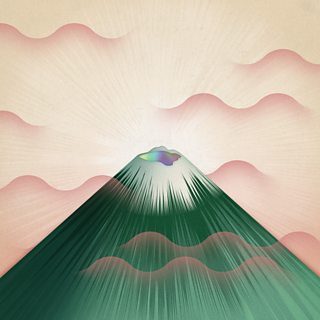- Try
- Rate
- Share
How did you rate this?

The Inside Story
We tracked down Paul Deane, the Producer and Digital Development Lead at the Natural History Unit to find a bit more about the amazing Big Blue Live VR Shorts.
Can you describe this VR experience?
Diving through kelp forests or on the deep ocean are amazing experiences. Through these short films we’re attempting to capture that experience in virtual reality.
Is Virtual Reality a good fit for Natural History programmes?
Absolutely! The aim of Natural History production is escapism, immersion and bringing the natural world to people’s living rooms. With VR starting to become available through YouTube as cardboard, as well as 360 degree video, we’ve tried to produce a series of short films that take the audience to Monterey Bay, to experience some its amazing environments and wildlife.
What are you hoping it will achieve?
We want the audience to experience something they’d never see on a flat screen, and come away with an whole new understanding of the natural world.
How did you film this?
Where to start! We shot with a Google / GoPro Jump rig and a 360heroes underwater rig. We also cobbled together stabilisation rigs, which would be (mostly) hidden from the camera.
What did you learn from working with VR?
We are just starting to understand how to make VR experiences really. YouTube is still very low bandwidth and screens are low refresh rates (for VR at least), but this will change but as these improve, we hope to be ready to make better films.




